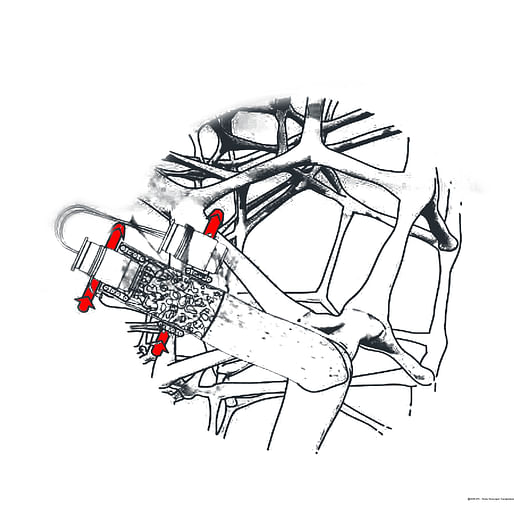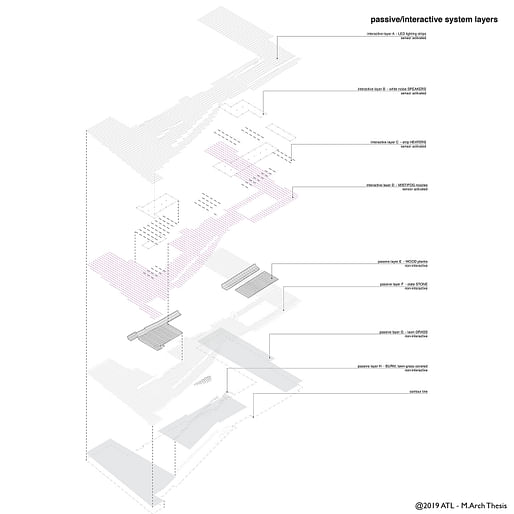
We live in unprecedented times of challenges; however, often than not, with each challenge comes an opportunity. Which goes to say, the field of architecture abounds with untapped opportunities. Our area of expertise has the potential to engage with the world’s most pressing problems. Our expertise permeates a broader range of issues stretching from cultural, environmental, public health, and social equity. What is so special about an architect’s training that makes it relevant to engaging a myriad of global issues? The simple answer is our dexterity when synthesizing complex issues and providing them with a discernable form. In the profession, we lightly understand this exercise as conceiving, where at its core, our work engages in problematics. We deliver tangible forms, as appealing visuals, which can spark a public debate or rally the needed support for their realization, while at the same time enticing scientists and engineers’ talent and imagination to develop the relevant practical solutions. 
 It is remarkable how rampant is our ability to question many of society’s deep-seated status-quo has become in our time. Thanks to data ubiquity, data analytics has armed the architect’s agencies with needed evidence to permeate unprecedented territories that directly or indirectly affect the built environment. What’s encouraging about the trend is that it is nascent and years away from reaching its maturity. We’re witnessing a time where the waves of technological impact are immediately felt across the globe, and we can anticipate them with greater precision than ever before. Most interestingly, the field of architecture is suddenly finding itself in the middle of it all. Not so smoothly, however! It is safe to say that, in general, the profession lags when it comes to adapting to technological discourses due in most part to the insufficient or inadequate transdisciplinary interest, also stemming from unaligned priorities between the discipline’s research and the economics of the profession. The era of data analytics is ushering the field from mere manifestos of visionary ideas to validating proposed ideas into pragmatic solutions in addressing the globe’s most pressing issues. The way forward is less vague than it has been for both the architect's and the public's understanding of their role. We can do better our job and impact change by stretching the traditional architecture community's boundaries, expanding our collaborations to other experts in the humanities, engineering, and scientific communities. It is provocative to imagine architects’ expertise’s increased involvement with other fields whose values are often driven by efficiencies. The architect's role has recently been rising in spatial programs, development of Artificial Intelligence, the Internet of Things in the domestic and urban infrastructure domains, etc.
It is remarkable how rampant is our ability to question many of society’s deep-seated status-quo has become in our time. Thanks to data ubiquity, data analytics has armed the architect’s agencies with needed evidence to permeate unprecedented territories that directly or indirectly affect the built environment. What’s encouraging about the trend is that it is nascent and years away from reaching its maturity. We’re witnessing a time where the waves of technological impact are immediately felt across the globe, and we can anticipate them with greater precision than ever before. Most interestingly, the field of architecture is suddenly finding itself in the middle of it all. Not so smoothly, however! It is safe to say that, in general, the profession lags when it comes to adapting to technological discourses due in most part to the insufficient or inadequate transdisciplinary interest, also stemming from unaligned priorities between the discipline’s research and the economics of the profession. The era of data analytics is ushering the field from mere manifestos of visionary ideas to validating proposed ideas into pragmatic solutions in addressing the globe’s most pressing issues. The way forward is less vague than it has been for both the architect's and the public's understanding of their role. We can do better our job and impact change by stretching the traditional architecture community's boundaries, expanding our collaborations to other experts in the humanities, engineering, and scientific communities. It is provocative to imagine architects’ expertise’s increased involvement with other fields whose values are often driven by efficiencies. The architect's role has recently been rising in spatial programs, development of Artificial Intelligence, the Internet of Things in the domestic and urban infrastructure domains, etc.

We live in unprecedented times of challenges, and yet full of opportunities for the field of architecture. More than ever before, our area of expertise is entrenched in a broader range of issues stretching from cultural, environmental, public health, and social equity. What is so special about our training that makes it relevant to a myriad of global issues? The simple answer is our ability to synthesize complex issues and give them a legible form.
No Comments
Block this user
Are you sure you want to block this user and hide all related comments throughout the site?
Archinect
This is your first comment on Archinect. Your comment will be visible once approved.